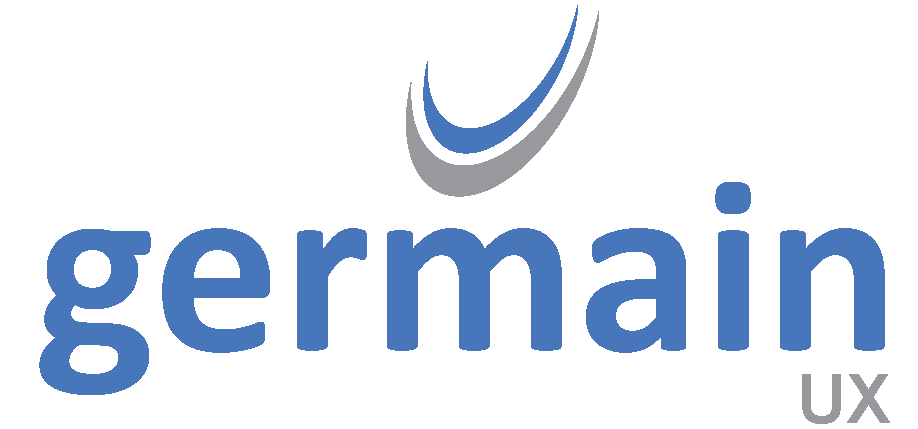How to Boost Salesforce Adoption
Are your employees fully on board with Salesforce, or are they just going through the motions?
Salesforce is a powerful ecosystem that transforms customer interactions.
As the leading CRM platform, it offers services for sales management, customer service, marketing automation, and analytics.
The goal?
To streamline operations, enhance customer relationships, and boost sales.
Why Salesforce Matters to Businesses
It provides a 360-degree view of the customer, which helps companies offer personalized experiences, anticipate customer needs, and build lasting relationships.
Salesforce’s flexibility and scalability mean it can serve businesses of all sizes, from startups to global corporations, making it a central tool in the tech stacks of many organizations.

When Salesforce is fully adopted, it leads to improved data quality and accessibility, enhanced collaboration among teams, and a significant return on investment.
What are the Challenges to Salesforce Adoption?
Despite the clear benefits, many organizations face hurdles in Salesforce adoption.
User Resistance
Employees may resist changing from familiar tools to a new system, especially if they perceive it as more complex or unnecessary.
Lack of Training
Inadequate training can leave users confused and frustrated, unable to utilize Salesforce’s full capabilities.
Poor Implementation
Without a strategic implementation that aligns with specific business processes, Salesforce can end up underutilized or misaligned with business goals.
Data Integrity Issues
Migrating and maintaining clean data is critical. Poor data quality can diminish trust in the system and its outputs.
Six Strategies to Enhance Salesforce Adoption
To overcome these challenges and improve Salesforce adoption, consider the following strategic steps:
Step 1: Secure Executive Endorsement
Executive endorsement is vital for successful Salesforce adoption. When leadership visibly supports and uses Salesforce, it signals the platform’s importance to the entire organization. This top-down approach helps in overcoming resistance from users who may be skeptical or resistant to change.
Consider a scenario where a company’s CEO regularly uses Salesforce during meetings to review sales forecasts and client information. The CEO also mentions specific reports from Salesforce in company-wide emails praising high-performing teams. This visible endorsement can motivate employees to familiarize themselves with the platform and utilize it in their daily tasks.
Step 2: Tailor the Platform
Salesforce offers extensive customization options that can be tailored to meet the unique needs of different business functions. Customizing the platform to align with the specific workflows and processes of various departments can make it more intuitive and relevant for users, thereby increasing its usability and adoption.
A marketing department might benefit from custom dashboards that track campaign performance and lead conversion rates, while a customer service team might use a customized interface that gives quick access to customer complaint histories and service cases. By creating these tailored solutions, users find the platform more directly supportive of their work.
Step 3 : Implement Thorough Training Programs
Proper training is crucial to ensure that all users understand how to use Salesforce effectively. Training should cover basic functionalities for new users and advanced features for experienced users. Regularly updated training programs can help users stay proficient and aware of new features and best practices.
Step 4: Establish Support Mechanisms
Even with thorough training, users will occasionally encounter issues or have questions. Providing a reliable support system, whether through an internal Salesforce expert team or an outsourced helpdesk, ensures that users receive timely help, which can prevent frustration and disuse.
Step 5: Monitor and Evaluate Usage
Regular monitoring of how Salesforce is being used within the organization can provide insights into adoption levels and areas where the platform may be underutilized. Gathering user feedback can also identify pain points and areas for improvement. By using Salesforce’s built-in analytics tools, a company can track login frequencies, feature usage, and user engagement levels.
Step 6: Recognize and Incentivize Effective Usage
Recognizing and rewarding employees who make effective use of Salesforce can encourage others to do the same. Incentives can range from formal recognition in meetings to performance-linked bonuses tied to effective Salesforce usage.
How Germain UX Can Help With Your Salesforce Adoption
For those looking to further optimize their Salesforce experience, GermainUX offers specialized monitoring tools that can enhance system performance and user adoption. By providing insights into user behavior and system functionality, GermainUX helps ensure that your Salesforce implementation is as effective as possible.
Learn more about how GermainUX can support your Salesforce adoption efforts at GermainUX’s Salesforce Monitoring.
Conclusion
Enhancing Salesforce adoption requires a well-rounded strategy that addresses the human, technical, and operational aspects of change management. By prioritizing user engagement and aligning Salesforce with core business processes, companies can maximize their CRM investment, leading to improved customer relationships and business outcomes.
With these steps, you can pave the way for a smoother transition and a future of continuous improvement and success. Remember, the goal of Salesforce adoption is to transform your business operations into a more efficient, data-driven model.




